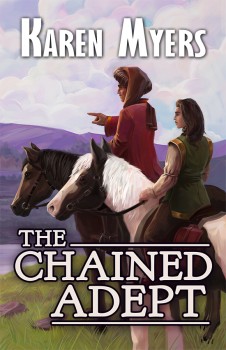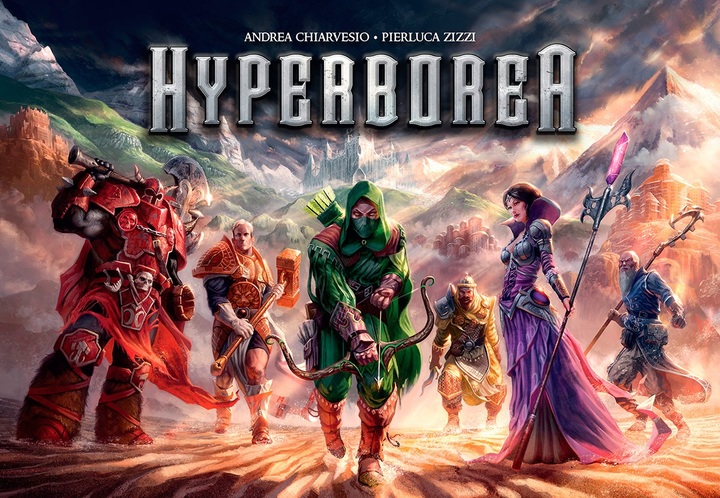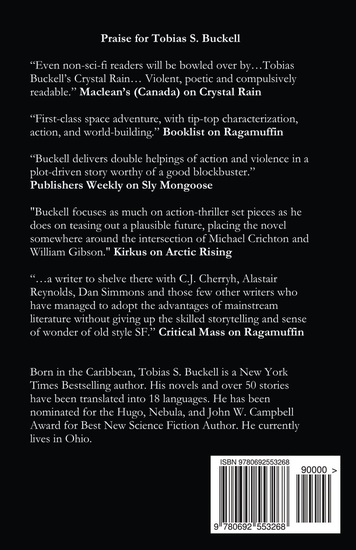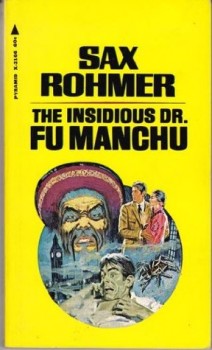The Public Life of Sherlock Holmes: The MX Anthologies – All the Holmes You Need

David Marcum and I email each other. A lot! It is sort of a modern version of the HP Lovecraft – Robert E. Howard letter swapping. Without the gravitas. And the weirdness. And the literary importance. And the…oh, never mind. One Thursday afternoon in January of 2015, he sent me an email about a dream that he had had the previous night.
The dream (and the email) was about putting together a multi-author anthology of traditional Sherlock Holmes stories. As David typed, “There would be no weird Alternate Universe or present-day stuff, no Holmes-is-the-Ripper, nothing where Watson is at Holmes’s funeral or vice-versa. Etc. Essentially nothing that shockingly contradicts what is in the Canon.”
Earlier that morning, he had emailed Steve Emecz, his publisher at MX Books, about the idea. From that dream was born the MX Book of New Sherlock Holmes Stories. Except more authors signed on and it grew to two books: then to three. Then came another volume in 2016. And a fifth, containing only Christmas stories, and a sixth, are on their way! In fact, I should be finishing my Christmas tale right now, not writing this post.
The four volumes have contained ten introductions/forewords/essays, five poems and over eighty new stories. That’s EIGHTY Holmes short stories (including a couple of plays) making their first book appearances in this series. I read Holmes stories at a pretty heavy pace and I’m still working my way through these volumes.
The first three books came out as a trilogy, split into time periods (1881-1889, 1890-1895 and 1896-1929). Volume IV followed as the ‘2016 Annual’ and it is expected that there will be at least one new collection yearly into the foreseeable future.
And every single author participating has donated their royalties to the restoration of Sir Arthur Conan Doyle’s former home, Undershaw, which, when completed, will be a part of Stepping Stones, a school for children with learning disabilities. As my sister Carolyn is severely mentally retarded, I can appreciate the generosity of every one of my fellow authors. Actions like this matter.










